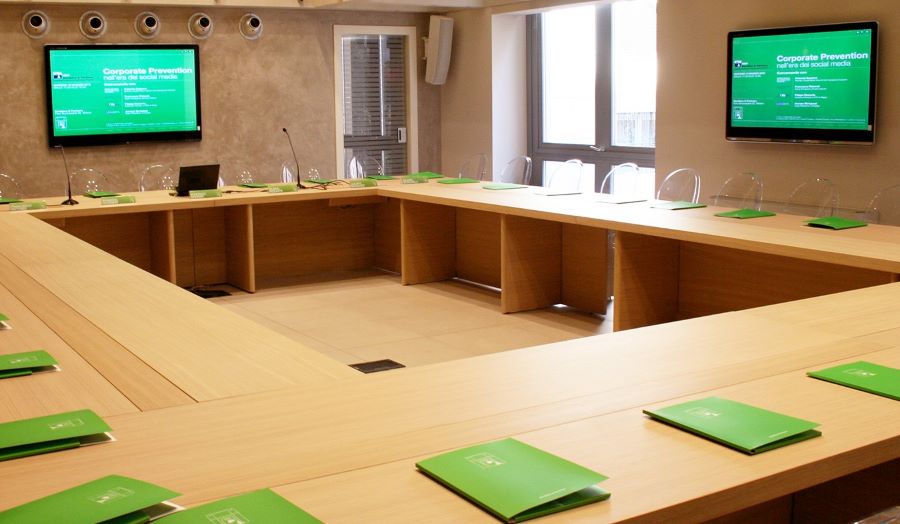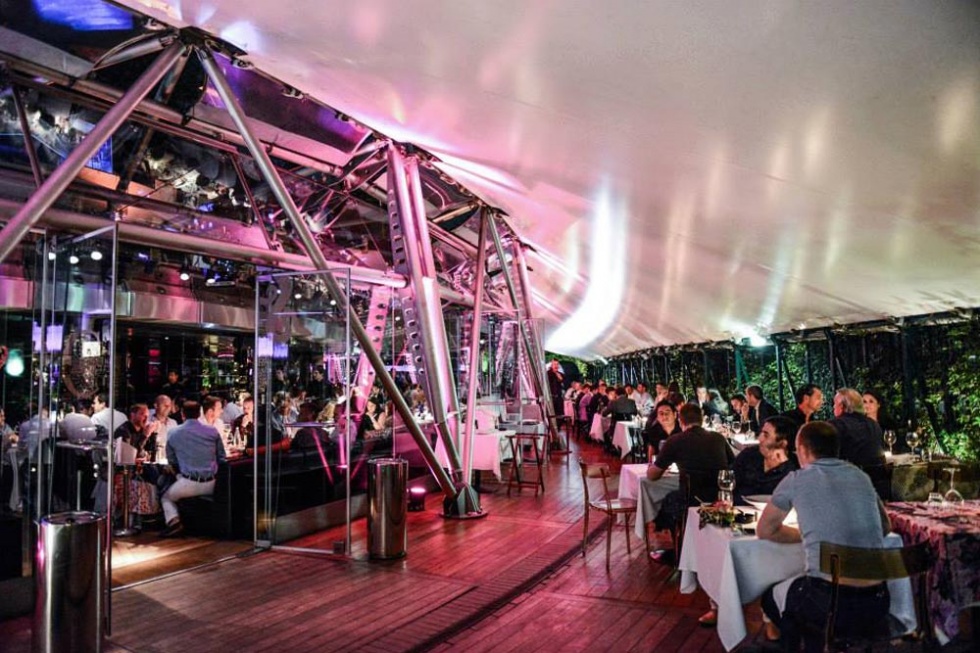The perfect venue for your project kick-off meeting: an expert guide
The kick-off meeting sets the tone and trajectory for an entire project. Choosing the right venue is crucial to maximise productivity and team cohesion from day one. What are the key factors to consider when choosing a space that allows this first, crucial meeting to be engaging and efficient? We asked our experts.
Assess your team’s needs
The first step is taking stock of your team and identifying any constraints or requirements that will impact your venue choice. Consider the size of your team and if you'll need breakout rooms for subgroups, lots of wall space for collaboration and sharing ideas, or audiovisual equipment for presentations. A spacious meeting room could work for a smaller team, while a larger meeting might benefit from a more expansive conference room with flexible furniture arrangements.
Factor in where your team members are located and how far they’ll be traveling for the meeting. If most are based in the same office, an accessible central location could minimise commute times. But for a dispersed team, an off-site retreat at a convenient hub location can signal that this meeting is important enough to gather everyone together. Off-site venues also remove day-to-day office distractions.
Don’t neglect creature comforts that allow your team to be at their best. Healthy snacks, quality coffee, comfortable seating, and proper temperature control reduce stress and keep energy levels high. Do your homework to find a venue adept at catering to professionals for multi-day meetings.

Match the venue to your meeting agenda
Now consider how your kick-off meeting will flow. What's the purpose and how much time will be spent presenting versus discussing versus brainstorming? Match the venue to the activities you want to incorporate.
Some meetings skew heavily toward presentations from leadership, which works well in theatre or classroom style seating, with one main speaker and a clearly defined audience. Others emphasise group discussion, calling for a large conference table or rounds setup. If your agenda includes brainstorming sessions, look for movable furniture like wheeled whiteboards, flip charts on stands, and small group breakout spaces. Seek venues accustomed to resetting layouts throughout multi-day conferences.
A blend of individual work time, pair-share conversations, presentations, and group discussion can benefit from a flexible layout. Make sure the venue can accommodate reconfigurations as seamlessly as your meeting transitions from one activity to the next.

Set the desired tone
Beyond logistics, the venue itself conveys a message about company culture. The look and feel should align with the tone you want to set from day one. A sleek high rise signals professionalism, drive, and ambition. A relaxed retreat fuels creativity, collaboration, and thinking outside the box.
For teams needing more bonding time, venues embedded in experiences are great for morale. Consider museums, galleries, team building sites and generally venues that inspire.
Multi-day meetings for far-flung teams can benefit from an exciting destination location that feels like a special getaway they’ll enjoy, rather than just another work trip.
.jpg)
Conclusion
The venue choice exerts an outsized impact on your project's collaboration, innovation, and outcomes. By intentionally assessing your team needs, matching your agenda, and setting the desired cultural tone, you can select a space primed for kick-off success. This crucial decision is an investment that will pay dividends throughout your initiative’s lifecycle.





